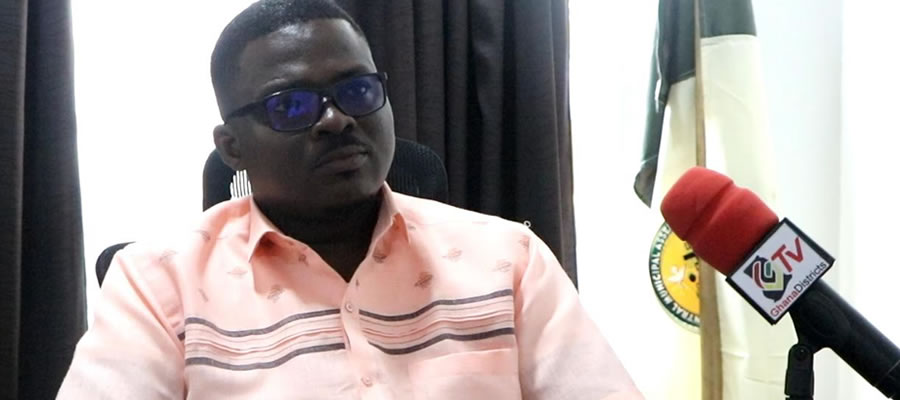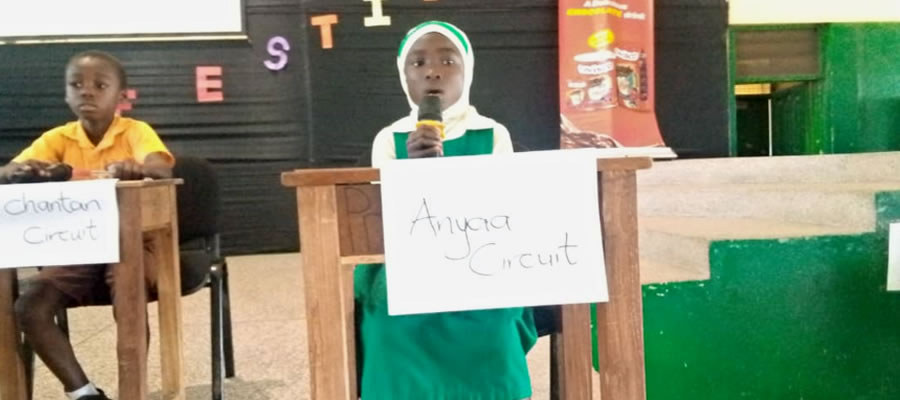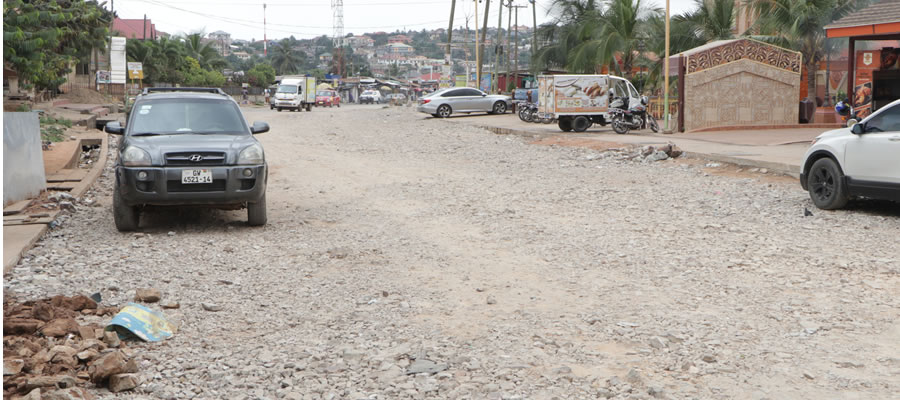

Ga Central Municipal Assembly (GCMA) finds itself within the local government structure of Ghana. Local government in Ghana is a three tier structure starting from Regional Coordinating Councils, District/Municipal/Metropolitan Assemblies as the second tier and sub structures, like town and area council, zonal councils and sub-district structures. The Sub structure, are basically for grass root participation in decision making, Regional Coordinating Councils are for monitoring and harmonization of plans, projects and programme (PPP) of district, Metropolitan, Municipal Assemblies.
GCMA like all Districts, Metropolitan, Municipal Assemblies is governed by an Assembly which is made up as following:
- 9 Elected members each from the twelve new electoral areas.
- 5 government appointees
- Member of parliament for the constituency of Anyaa-Sowutuom
- Municipal Chief Executive who is the head of state’s representation at the District level.
GCMA is established by Legislative Instrument 2135 of 2012. The LI spells outs 86 functions to be performed by the Assembly. The General Assembly is the highest Political and Administrative body in the District Assembly. The Presiding member who is elected by the members of the Assembly presides over all meetings of the General Assembly meetings.
In the exercise of its Executives functions of the Assembly has an Executive Committee which is chaired by the Hon. Municipal Chief Executive. The executive committee by the instrument which sets its up is in charge of the day to day administration.
GCMA Executive Committee has five (5) sub-committees through which it handles specific assignment. The five sub-committees are as follows:
- Social Services
- Development Planning
- Works
- Finance and Administration
- Justice and Security
The Assembly does not have Sub-committees on Education, Agriculture and Environmental and Sanitation. Another committee through which the Assembly reaches out to the public to address complains and boosts its image is the Public Relations and Complaints Committee. This committee is chaired by the Presiding member of the Assembly. The executive committee on the other hand is chaired by the Municipal Chief Executive.
Governance involves participation of the citizenry in decisions affecting their lives. Effective participation in decision making as well as implementing decisions taking can be said to constitute good governance. GCMA recognize the existence of groups like Non-Governmental Organizations (NGO’s), Faith Based Organizations (FBO’s), Residents and Landlords Associations who would be used effectively in the running of the municipality. These are part of the stakeholders in the governance of the GCMA Municipality and they would be effectively used in areas such as problem identification, prioritizing of projects and programmes etc. other areas that the stakeholders are used include fixing of rates, fees and fines.
The Zonal Council
The GCMA proposes to establish two zonal councils in the twozonal areas namely, Anyaa and Chantan and nine electoral areas as shown below in Table 1.8.Currently it’s only that of the Anyaa Zonal Council which is inaugurated. Their main functions of these Zonal councils include the mobilization of revenue, implementation of policies at the local level and also mobilize community to participate in decision making. The Zonal Council structure is a sub-structure of a Municipal Assembly, which derives its design from the Local Government organizational structure as depicted in the fig 1 above.
Electoral Unit committees
GCMA Municipal has 9 Unit Committees. The main function of the unit committee is community mobilization to participate in decision making process. These committees are however not functioning as should because of the support for their activities and the voluntary nature of the unit committee.
Newly Created Electoral Areas
S/N | Electoral Areas | Description Of Area |
1 | Lomnava | Lomnava, Israel, Tantra Hill Down, Roman Catholic Seminary Area, (Eastern Part), Ayigbe Junction Area |
2 | Awoshie | Awoshie Lafa Area, A-Lang, Odorgonnor Secondary School Area, Apostle Safo School Area, Obishiagono Area, Amy’s Blessed School Area |
3 | Anyaa | Anyaa, Anyaa Market Area, Palas Town, N. I. C., Old Quarry Area, Nsumfa (South), Konkompe Area |
4 | Nii Okaiman East | Chantan, Abeka Motorway JHS Area, Cosmos School Area, New Achimota Market Area, Scarlet School Area |
5 | Sowutuom | Sowutuom Area, Chop Bar Area, Adu Gyamfi School Area, Pentecost University College Area, Polo Junction Area |
6 | Santa Maria | Santa Maria, Auntie Aku, Future Link Area, Sheshie School Area, Anchor of Hope Area |
7 | Nii Okaiman West | Tabora No. 1, 2, 3, 4, 5 & 6, Alhaji Down |
8 | Kwashiebu | Kwashie Bu, Race Course, Rect Academy Area, Kubison Area |
9 | Ablekuma/Olebu | Ablekuma, Gonse, Pentecost Area, Olebu, Ablekuma New Town, Young Souls School Area, Victory School Area, Fan Milk |
Pro-Poor Organizations / Community Based workers (NGOs, CBOs, FBOs)
There are ten (10) youth clubs, three (3) non-governmental organisations and charitable clubs/organisations in the Ga Central Municipality. Their main activities are HIV/AIDS sensitization, education, sanitation, sports and family health, assistance to orphans and street children and general developmental activities.
KEY ISSUES: Transparent and Accountable Governance
- Non Functioning of sub-structures
- Low revenue mobilization
- Lack of comprehensive and realistic data and values of properties
- Lack of comprehensive data on businesses
- Lack of computerised system of bills generation and revenue collection
- Delay in preparation and submission of financial statements
- Lack of training to revenue and accounting staff
KEY ISSUES: EDUCATION
Inadequate Public Educational Facilities
High enrolment in public basic schools ( 1:45)
Date Created : 11/17/2017 8:19:47 AM













 facebook
facebook
 twitter
twitter
 Youtube
Youtube
 +233 593 831 280
+233 593 831 280 0800 430 430
0800 430 430 GPS: GE-231-4383
GPS: GE-231-4383 info@ghanadistricts.com
info@ghanadistricts.com Box GP1044, Accra, Ghana
Box GP1044, Accra, Ghana